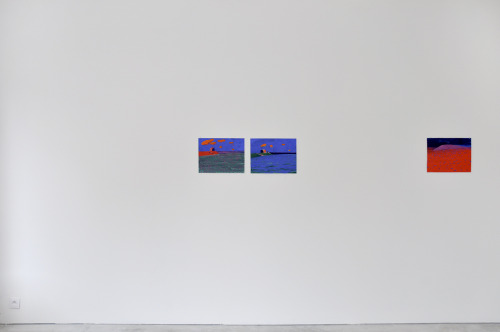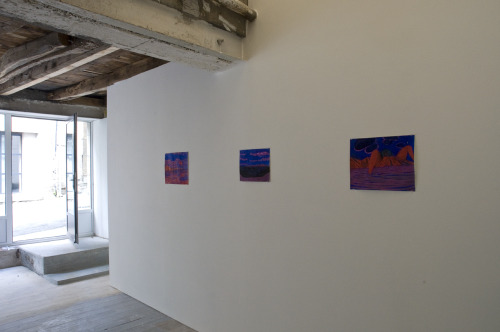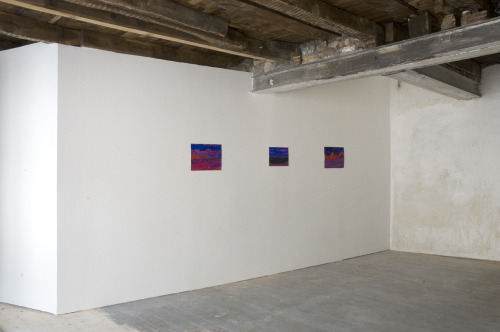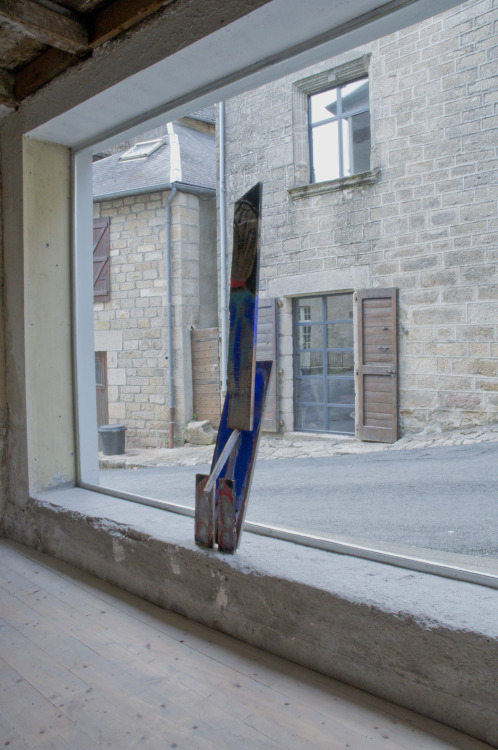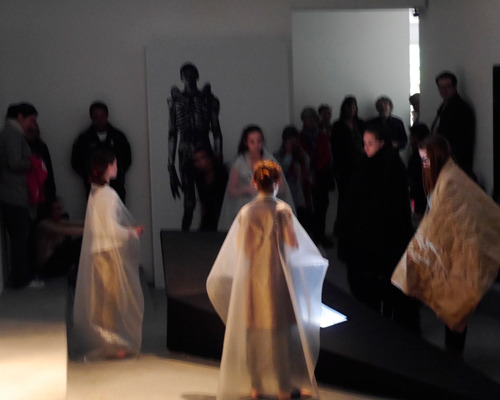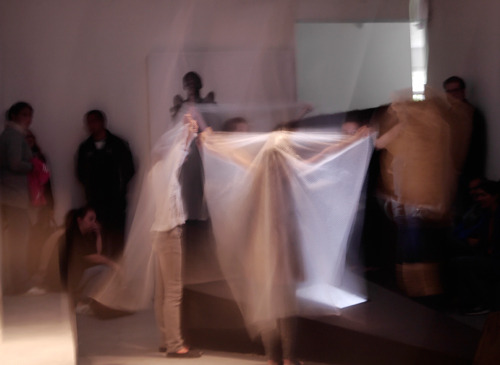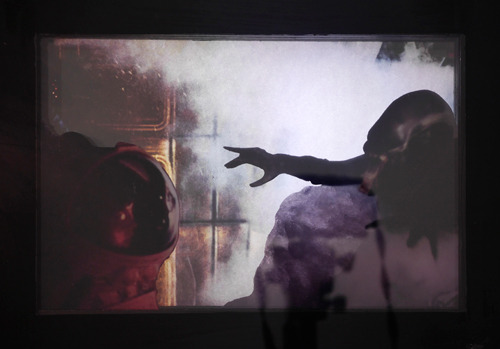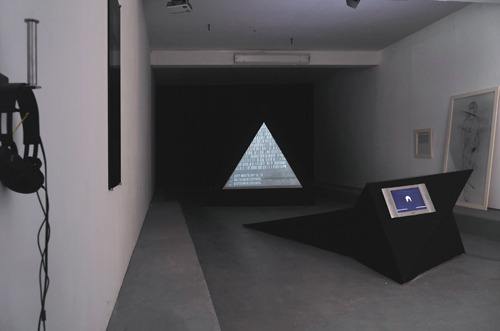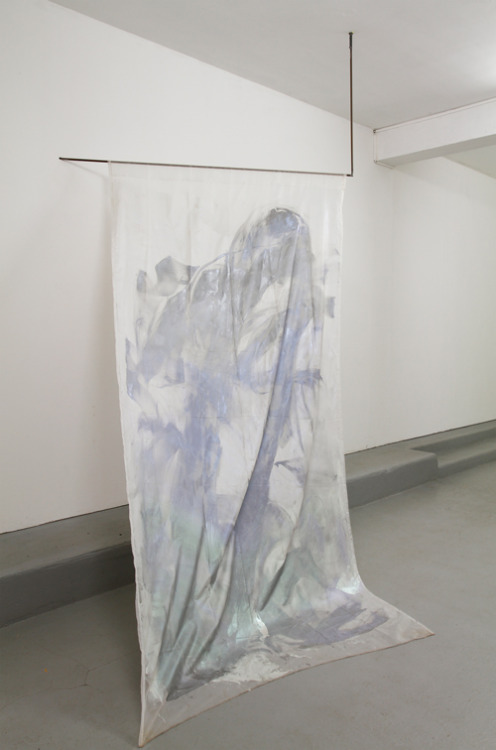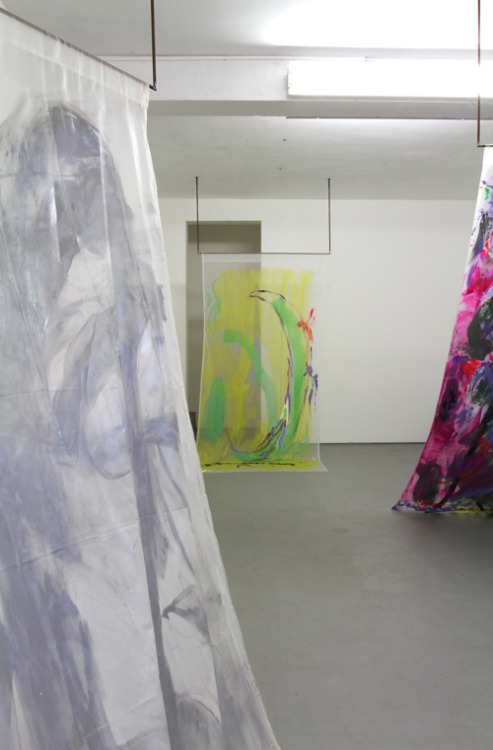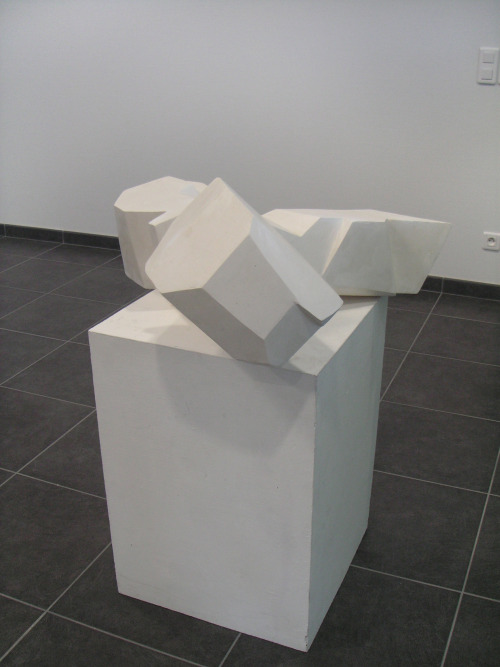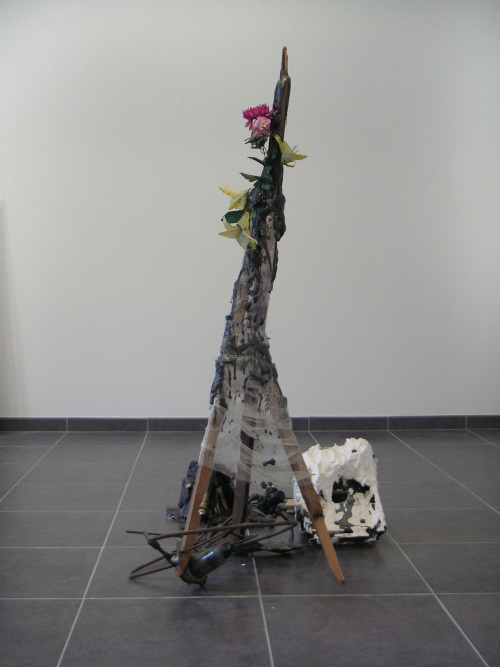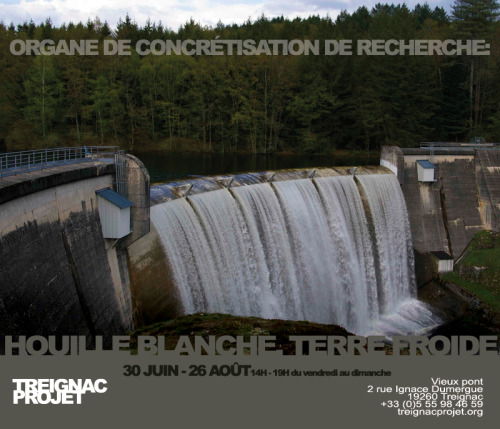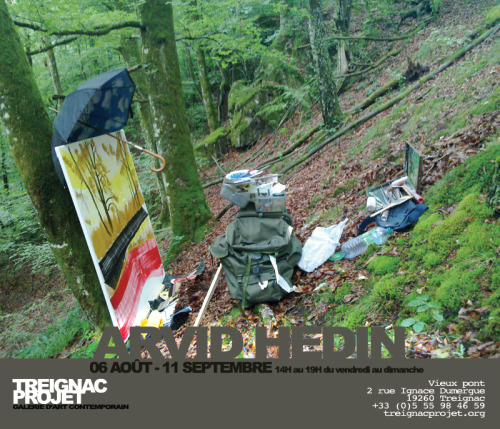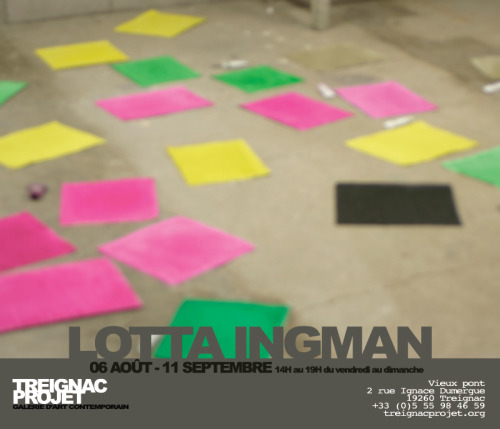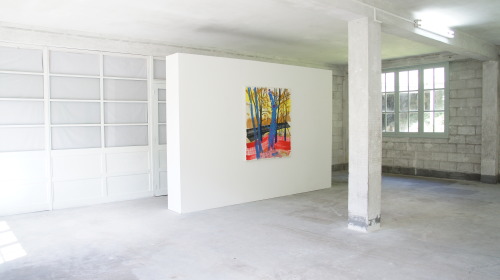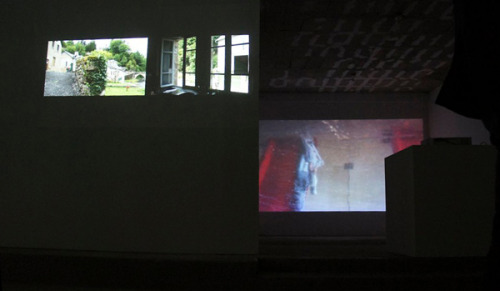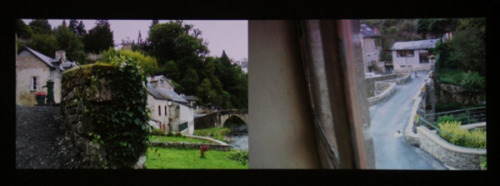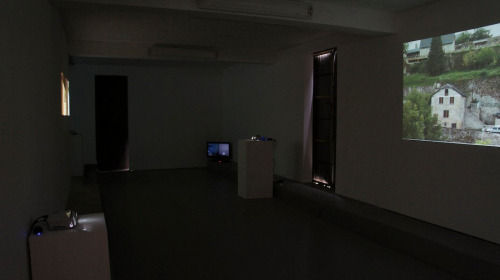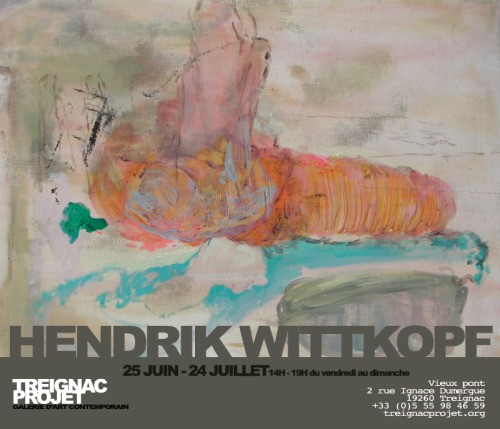XENOGENESIS
Diann Bauer with Octavia E Butler & Sophie Calle
“For ages they had been without lives of their own. The whole of their being was open to the world and nothing divided them from the rest of creation. How long they had thus flourished none of them knew. Then something began to change. It happened over unremembered generations. The signs of a revision, without forewarning were being writ ever more deeply into them. As their species moved forward, they began crossing boundaries whose very existence they never imagined. After nightfall, they looked up at a sky filled with stars and felt themselves small and fragile in the vastness. Soon they began to see everything in a way they never had in older times. When they found one of their own lying still and stiff, they now stood around the body as if there were something they should do that they had never done before. It was then they began to take bodies that were still and stiff to distant places so they could not find their way back to them.
But even after they had done this, some within their group did see those bodies again, often standing silent in the moonlight or loitering sad-faced just beyond the glow of a fire. Everything changed once they had lives of their own and knew they had lives of their own. It even became impossible for them to believe things had ever been any other way. They were masters of their movements now, as it seemed and never had there been anything like them. The epoch had passed when the whole of their being was open to the world and nothing divided them from the rest of creation. Something had happened. They did not know what it was, but they did know it would change everything. And something needed to be done if they were to flourish as they once had, if the very ground beneath their feet were not to fall our from under them.”
Thomas Ligotti, Conspiracy Against the Human Race.
MATT BRYANS
2017
The exhibition signals a new departure for Byans, with a large series of imagined portraits. He confides that with this series he is returning to early inspirations, while preserving his recent works’ preoccupation with the facts of 20th and 21st Century turmoil and trauma embodied in endless global conflicts and the lives that inhabit them.
It might be tempting to see in the gazes of the portrayed men, the accusatory look of those who have paid too much for their lives, but Bryans is not only interested in proposing an under-history of the twenty first century. Bryans speaks of circularity, yes, of history repeating, but also of a circular cultural relationship in which trauma is reflected but also transforms and acts within. With this in mind these portraits, all of men of different ages, seem to waver between representing victims, perpetrators or witnesses. Their shadowy, ill drawn or deformed visages hover hauntingly between giving the impression of violence done to them, and a disfiguring that comes from within, from a burdensome secret.
While speaking of the development of the series, Bryans recalls a book in his possession that resonates strongly with these drawings. In 1945, at the end of the war, Phaidon press, London, publish Roman Portraits by L. Goldscheider & Schneider-Lengyel. It is a book of black & white photographs of the heads of statues from throughout the Roman period. The sculptures are startling in their naturalness, with a detail that defines them against Greek sculpture that tended to idealise the body over the individual. The book draws a line from this detailed portraiture to the older tradition of the wax death mask and ceremonial relations to ancestors and mourning.
For Goldschieder, writing his introduction to the book in in July 1940, these photographs promise access to the past through the Imagines of the ‘fathers of European culture’. (The Imagines, is a C3rd A.D. work by Philostratus and his grandson, explaining the meaning of artworks and addressed to the ten year old son of his host.) It is impossible to look through these photographs without imagining the biographies of real people long dead and the power they wielded. And to wonder at the publication of this book, interrupted as it was by the violence of the Second World War.
To this, Bryans also remarks that an early encounter with the drawn image was for him the British comic, 2000AD. Started in 1977, it reflected much of the anti-authoritarian attitude that was prevalent at that time, presenting its own post-apocalyptic, post-nuclear holocaust landscape reinvented in the wake of another war. But, as John Wagner, one of the comic’s founders remembers, the taste for anti-authoritarian figures was only matched by a strong attraction to authoritarian figures. Wagner combined these in the character Judge Dredd, who in the story line was authorised to instantly judge, sentence and execute criminals. For Bryans, comics like these offer a subversive agency for memory.
The strong presence of historic repetitions in these drawings is generational, and as such it is a two-way relation, back and forth through time. But what might have been a pessimistic, ever circling dynamic of iterated men-only trauma, is deflected by the inclusion of Vanya Bryans’ drawing in the exhibition. These offer a perspective upon the portraits, blurring personal and collective experience, and underlining an openness that escapes the destructive cycle of sacrifice á la Laius, Oedipus’s murderous father, and lead us to Oedipus’s daughter, Antigone.
Matt Bryans (1977) lives and works in Ålgard, Norway. His work is featured in the collections of Foundation Guerlain, Pompidou (17 works) France, MOCA LA America, MEXX Collection Netherlands, Akzo Nobel, Netherlands, Sao Paolo Museum of Contemporary art, Brazil, Simmonds and Simmonds London. He has shown in Ullens Centre, Beijing, Musee des Beax Arts de Besancon, Centre Pompidu, Atlanta Centre of Contemporary Art, Horaland Kunstsenter, Bergen and Martin Von Zomeren, Amsterdam.
MARIE-LOUISE VITTRUP & KASPAR OPPEN SAMULSEN Ants
Play Man To Sleep In Soft Concerts
2016
Performance organised by Agnes Nouaille and Play&Learn
‘We investigate a self-sufficient and performative community whose rituals and actions will be linked to spatial and temporary sculptures and architecture. An ´ad hoc´ community that has been reset and cleared of ordinary rules of social interaction, hierarchy, power and behavioural norms. A community where gender, identity and rank is subordinated. An ´atopia´ where boundaries like national identity are cancelled and the poetics of association play a central role. We are both occupied with improvisation and performativity and often we do not know how the works initially begun or where the narrative is going.’
JAANA LAAKKONEN
Sharing A Room, A Water Bottle And Who Knows What!
2016
Black tarp on a grey embossed floor. Greenish-yellowish, a slightly see-through tarp in front of a cinder block wall painted white. Located on the right side. On the left, black tarp with green and lilac spray paint. Dried ink in ceramic cup, one brush in the dried paint. Big table next to wall that stands opposite to white wall. Materials like paper and sculptures made of resin stored under the table. Brushes, not mine, stand in pots in a vertical position, brush side up. Some of these things are remnants of previous practices done in the workspace located at the south end of Treignac Projet. Some are the results of the rearrangements done to prepare this space to meet my practice. And the inks, acrylic medium and polyester fabrics which did not know yet that, via many hands, cardboard boxes and barcode beeps they would end up, for the time being, in the same room with me, tens of long legged spiders, half used paint cans that travelled with pearly shades, Galgo Español and Meeting the Universe Halfway from Stuurmankade to Hooftskade and via Orléans to Limousin. Pearlescent paints still stinking of the tobacco smoke that they have had a thick relationship with in the art-supplies store – according to my nose – since before December 2015. Apparently that smoke did not hesitate to enter the plastic pots that were supposed to ward off some of the paint’s relations with nearby matters.
A bunch of drawings are drawn on the floor of the room where my nightly sleep happened until the 13th of August and from 29th onwards. By walking down stairs, across a yellow concrete floor, through two doorways, circa six steps outdoors, through one exhibition space, across a workshop, I could in fifteen seconds reach the place where I was going to sit, stain my clothes, crawl under diagonally angled fabrics, seek measuring tape, crash my toe, step on a 10mm staple, drink Earl Grey and water, pour water in the plastic packages that were previously filled with tabbouleh. Dog food was delivered first and, after honking the horn two more times, I had everything I ordered, excluding three inks that were after all out of stock and so joined my summer 2016 artistic practice by being absent. Unimaginable amount of knots tangled and mattering-mattered before any plastic was attached to another sort of plastic in my studio.
Because of the knotty nature of things, this exhibition is a material-discursive doing, tangling my past and future practice, where I am examining what it could mean for an artistic practice to take the knottiness seriously and give up arranging the ways of thinking and doing according to binaries. One of my tactics for rearranging the normalized relations within painting practices has been to try to happily welcome other agents (nonhuman and human) to take part in “my” artistic practice. Making changes in the working apparatus and my position within it, with the chosen materials and working conditions, has been my ‘another’ strategy to differentiate the fixed subject/object tale. Painting and practices related to it cannot stay caught inside the square shaped canvas or exhibiting space, for they are doings that touch and operate in other things, or rather, phenomena. Hands are not dirty just because of the irritatingly sticky oil paste or glue-like attaching acrylic – if not knowledge production, at least painting practices are being-, doing-, relation-, position- and story-production practices and that is why it matters how the apparatus is arranged.
I keep asking: Who are allowed or forced to do things with me and when or how much? Who has a name and whom do I even recognize? What are we doing and where are we working? Who are doing me and what am I doing to and within them and again who are they? Or do I even want or need to know? (Ok. I won’t even go to that knowing…) How to be with them well or at least in a better manner? If I do not want that narrow, clear story, how should I communicate, do, exhibit… responsibly? How to be with works and exhibitions, and could they push to confront the conflict between binaries and reality?
Jaana Laakonen
CRAIG COOPER
Urban Exotic Dilemma
Co-produced Basu/Cooper
Craig Cooper’s Urban Exotic Dilemma/ Itinerant Vistas is a series of curatorial and artistic projects that explore the changing character of urban life with special reference to East Asia and Hong Kong in particular. It proposes to do this from within a personal and shared encounter with cities and their positions on various global and historical frontiers. Cooper highlights the interrelationship between architectures, bodies, and their inscription on the experience of place.
For the exhibition at Treignac, Craig Cooper will show a selection of recent work and key older pieces that set the stage for this on going project. His revaluation of contemporary place and experience is launched through the lens of the recent Occupy actions that overtook Hong Kong in September 2014. From here he draws us into a portrait of the city that is neither fully architectural nor a dérive-based search for its authentic core. Ghosts and memories fill its streets as much as contestation or the administration of peoples.
Urban Exotic Dilemma presents an every day world, strange and violent. A vast city is eviscerated mid turmoil and, in apocalyptic premonition, stands witness to a pre-emptive future that is surely drawing us in. The installation evokes an eerie deserted city though not the city of an urban plan. Cooper’s interrogation is directed towards the transformations that are taking place in it and through it. He presents political upheaval though he avoids, in a city of seven million, any portrayal of community, of group or social encounter. The only people that appear in the installation are a sleeping drunk, and the intimate and amorous gazing of a woman. The question is still open; which body will manifest?
Cooper’s work proposes to reject any model of the city where rigid and material bodies move through an endless and empty space. He proposes instead one where there is a ‘taking place’ of accelerated and contested encounters marked by technology and the logic of financialization. From all this emerges a political body, or rather he indicates and interrogates a place for this body to emerge.
Globalisation, as seen as the evolution of colonial power relations, is only one of the contexts that Cooper proposes to survey Hong Kong’s changing relations to China and the rest of the world. Tradition, personal interiority, population density and its increasing differences, all come together to unravel this singular mode of place that is emerging within the East Asian context.
Craig Cooper is an artist and curator born in UK living and working in Hong Kong. The Urban Exotic Dilemma project works through a trans-institutional platform tying together artists, archives, off-spaces and institutions, including WING Platform for Performance, Treignac Project, Madame Wang journal and Academy of Visual Arts, HKBU.
Urban Exotic Dilemma opens on the same days as As Object and Refusal; as Architecture and Symbol at WING Hong Kong with Bloom Collective and Wen Yau curated by Craig Cooper.
BIRK BJØRLO & LEA GULDDITTE HESTELUND
Ursuppe
2016
Set in an abandoned building on the Treignac site, Ursuppe draws on the rich valences of this former yarn factory. The exhibition channels the vibrancy of its accumulated histories, along with the influence of a future latent with departed workers, failed organisations and dispersed networks. Ursuppe is a primordial landscape teeming with possibilities and new struggles that emerge beneath the extinct landscape of failed western industry.
Birk Bjørlo’s engulfing painting spans the space in a free standing architectural leap of colour-coded layers that boil through each other. Here the presence of a photographic instant that permeates much contemporary thinking, is replaced by an idea of time and history that is not an accumulation of former ‘now’s, but is a still-active and potent sediment whose layers can become unruly and rupture into the present at any moment. The work has a trickster complicity with its seemingly open structures. Accident is invited to perform the work of revealing clues about the paintings material and temporal production; its collapsing instability is just perceptible in the periphery of its scenographic scale.
This underlining of the fragmented nature and agency of a painting’s histories sets up Lea Guldditte Hestelund’s installation of boxing and martial-art objects. They trace forward to the possibility of transformations to come. Lea’s work recalls the classical idea of the ideal form, but instead of presenting the self-improving obsessions of contemporary jogging or yoga cults, she evokes the body-transforming self-discipline of poor and dispossessed classes. When you finally have nothing you still have a body that can be disciplined and trained. Lea Guldditte Hestelund’s proposed martial bodily transformations are complicated by unexpected gender shifts and the threat of a simmering cathartic explosion.
Ursuppe is supported by the Danish Arts Foundation.
VUE DE LOIN
Arvid Hedin, Lotta Ingman, Les Joynes, Emma Holmes, Gian Paolo Cottino, Michael Cassidy, Sam_Liz
2014
MATT BRYANS
Lands
Hordaland Art Centre, Bergen, Norway and Treignac Projet, France
curated avec Matt Packer
LOTTA INGMAN & ARVID HEDIN Punchcard Series 2011
HSUAN HUASN WU
With/In
2011
